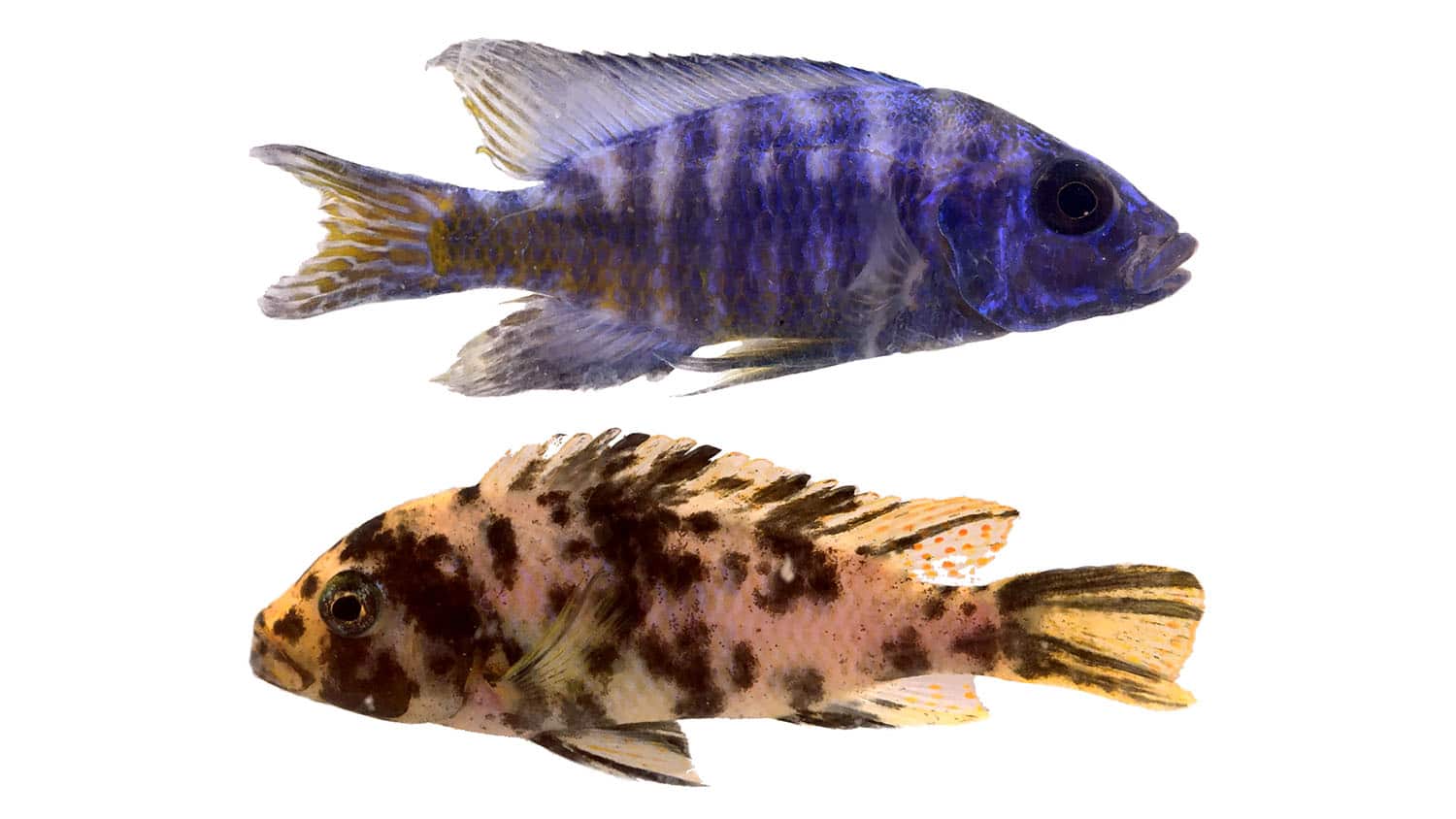Following the Glow: NC State Researchers Use ‘Fluorescent Fish’ to Study Gene Function
Researchers at North Carolina State University are using fluorescent fish as a molecular “beacon” to study the early stages of animal development. The researchers focused their attention on a gene – known as Sp2 – that regulates the expression of other genes, and the fluorescent fish they created may also provide hints to the causes of tumor development.
Sp2 is a member of the Sp family of transcription factors – proteins that act as cellular “switchboard operators” by turning genes on or off as needed. NC State researchers had noted that the development of skin tumors was correlated with the production of too much Sp2, and others noted similar findings in prostate cancers, but beyond that very little was known about the protein.
Dr. Jonathan Horowitz, associate professor of oncology, and NC State researchers Jianzhen Xie, Haifeng Yin, Teresa Nichols and Dr. Jeffrey Yoder, wondered whether they could use over-production of Sp2 as an early indicator of tumor formation. They inserted a fluorescent marker into zebrafish – attached to the Sp2 gene – allowing them to trace the synthesis of Sp2 throughout the organism. When the zebrafish were viewed under ultraviolet light, the Sp2 marker glowed red where the gene was expressed.
“Zebrafish are good model animals for this research because their embryos develop in a 24-hour period, and they develop externally so you can watch what is happening under a microscope,” Horowitz says. “Additionally, their Sp2 protein is the same as those found in mammals, so the function of the protein will be the same in humans as in zebrafish.”
According to Horowitz, earlier findings had suggested that Sp2 regulated development – not just of tumors, but of the organism as a whole. When the team looked at the zebrafish, they quickly saw just how critical Sp2 was to embryonic development.
“We noticed that in the adult zebrafish that carried the fluorescent marker, the ‘lights were out’ except in the ovaries of the females, which glowed bright red,” Horowitz says. “Then when the female laid her eggs, they also glowed red. This told us that Sp2 must be important for the earliest stages of development. Sure enough, if we eliminated Sp2 in an embryo, the embryo simply didn’t develop. We think that we’ve uncovered a fundamental mechanism for embryonic development.”
The team’s findings will appear in the Feb. 3 issue of the Journal of Biological Chemistry.
Horowitz believes that the fluorescent fish will help him answer another question about Sp2: whether the protein plays a role in the development of certain types of cancer.
“If Sp2 is important in the development of brain cancer, for example, and you’re using our fluorescent zebrafish to study brain tumors, then theoretically as the tumor grows you should see a bright red brain when you look at those fish under ultraviolet light,” Horowitz says. “We think that these fish may be a useful tool – an aquatic canary in the coal mine – that will allow us to detect early tumor development.”
– peake –
Note to editors: The abstract of the paper follows.
“SP2 is a maternally inherited transcription factor required for embryonic development”
Authors: Jianzhen Xie, Haifeng Yin, Teresa D. Nichols, Jeffrey A. Yoder and Jonathan M. Horowitz, North Carolina State University
Published: Feb. 3, 2010 in The Journal of Biological Chemistry
Abstract: The Sp-family of transcription factors are required for the expression of cell cycle- and developmentally-regulated genes, and the deregulated expression of a handful of family members is associated with human tumorigenesis. Sp2 is a relatively poorly characterized member of the Sp-family that, although widely expressed, exhibits little or no DNA-binding or transcriptional activity in human and mouse cell lines. To begin to address the role(s) played by Sp2 in early metazoan development we have cloned and characterized Sp2 from zebrafish (Danio rerio). We report that (1) the intron/exon organization and amino acid sequence of zebrafish Sp2 is closely conserved with its mammalian orthologues, (2) zebrafish Sp2 weakly stimulates an Sp-dependent promoter in vitro and associates with the nuclear matrix in a DNA-independent fashion, (3) zebrafish Sp2 is inherited as a maternal transcript, is transcribed in zebrafish embryos and adult tissues, and is required for completion of gastrulation, and (4) zebrafish lines carrying transgenes regulated by the Sp2 promoter recapitulate patterns of endogenous Sp2 expression.
- Categories:


